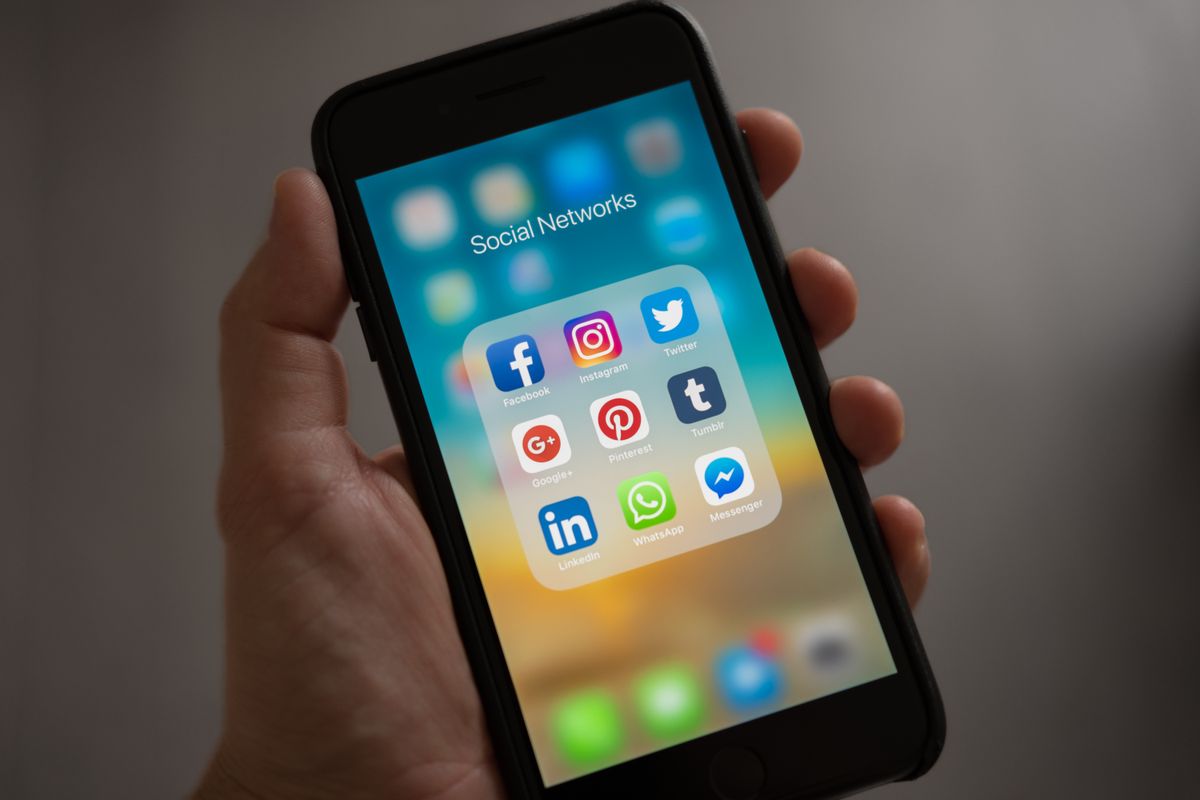The Ultimate Guide to Chatbot Promotion

Building a solid chatbot is only half the battle. Once you’ve designed the best bot possible, it’s time to make a good first impression and get it in front of as many eyes as possible. Both design and marketing materials factor in how to best promote your chatbot. From working on your user flow to submitting to bot directories, here’s every step you can take to promote a chatbot and catapult it to success.
Submit to Bot Directories
Bot directories are a great way to help users discover your bot. Facebook Messenger’s Discovery tab is perhaps the best. Because it lists bots relevant to users’ tastes right within the app, just a tap away. You can place your bot in the Discovery directory from the Messenger section of your Page settings. If your bot isn’t on Facebook Messenger, you should submit it to whichever first-party directory the platform maintains (for example, the Bot section of the Slack App Directory). There are also numerous third-party bot directories worth checking out. Though they may not have as much visibility as your platform’s native directory.
Look for Opportunities in Your Bot’s Design to Promote Sharing
People on social media love to share stuff to their friends on social media, and it’s no different in messaging apps. Sharing can be a great way to extend your chatbot’s reach. So you should look for ways to encourage users to share statuses, accomplishments and more in your bot’s design. One simple way to do this is to add a persistent “Share” button to your chatbot’s menu. While this makes sharing convenient, though, it doesn’t provide the user a reason to share outside of their own goodwill.
A better way to get people sharing is to provide personalized results that they would want to share with others. You’ve probably seen many friends share personality test results, horoscopes, Hogwarts houses and even fortune cookies online. How can your bot provide a similar experience that gratifies the user’s uniqueness? Alternatively, encourage users to share results upon accomplishing a task, like announcing that they’ve just booked their dream vacation successfully through a bot.
A/B Test Landing Pages and Onboarding
This is one of the many ways to use data to ensure success for your chatbot. A bot needs a place to call home besides its messaging platform of choice. Landing pages entice users to try out a bot by explaining why it exists, what it does and how or where users can begin chatting. Once you’ve designed a landing page, make some variations and A/B test them to determine which is most effective. If your bot has multiple target audiences or demographics, you might want to test different landing pages for each one. Don’t have too many variables between your control and test groups, or else it may be difficult to determine which changes have the greatest effect.
In addition to landing pages, you’ll want to test your onboarding as well. Onboarding is key to increasing engagement and reducing churn, as it makes a first impression to new users. Test to see where the bot underperforms or runs into error in the opening steps of a conversation. Where are users most likely to drop off and churn? Testing for the optimal user flow will immensely improve UX, encouraging users to recommend and share it with their friends.
Put Your Chatbot on Your Website
What better place to promote your bot than right on your website? While the benefits of a dedicated landing page are discussed above, you can make your bot even easier to engage with from your website’s homepage, or from any page on your website. This can be as easy as placing a “Send to Messenger” button on your website, sending users directly to your bot with a single tap. But to make things even easier, Facebook Messenger’s new plugin lets businesses place their bots directly on their website by adding a Messenger chat window to any page.
If your bot isn’t on Messenger, though, don’t despair. Third-party options let you accomplish the same accessibility from your site. Smooch is a popular messaging platform for adding bots to your website, and works with a variety of channels.
Invest in Paid Advertising
We’re saving the obvious method for last. Advertise your bot! Invest in a targeted Facebook or Twitter promotion to get your bot noticed by audiences it’s most relevant to. Ads should direct users straight to the chatbot’s landing page.
Don’t Forget to Go IRL
If you’re showing off your bot at a conference or demoing it in a pitch, consider bringing paper marketing materials that include a QR code for easy access. Facebook Messenger offers a unique code that can be scanned in both the Messenger or Facebook app, making it easy to immediately call up a bot. You can use parametric codes, too. It take users to specific steps in a conversation. This is perfect for demos where you want to show off a particular feature of the chatbot.
